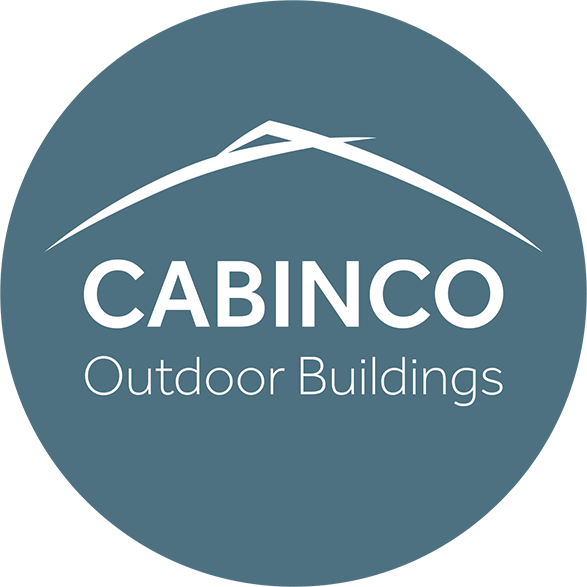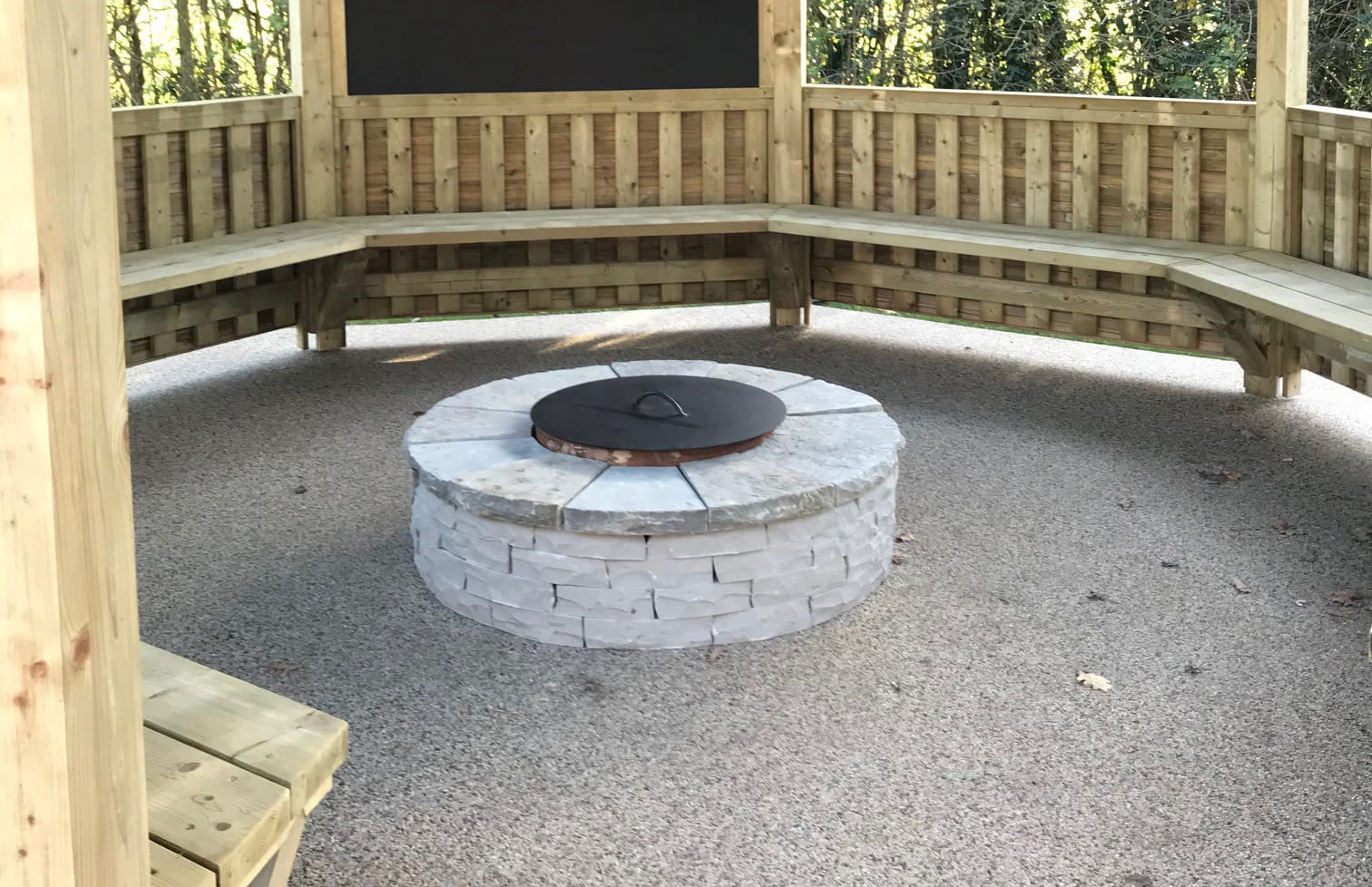Everyone likes the idea of having a fire pit undercover, especially when the rain just wont stop! However, there are a number of issues that need to be considered:
- Chimney/cowling — this is the traditional way to emit the smoke, though for this to be effective it needs to be relatively close to the fire or have a diameter that will cope. Each will bring its own issues such as catching your head on the cowling if too low, or too big that you cannot get close to the fire. It is possible to leave a hole/vent in the centre of the roof, though this will only be effective if the smoke goes straight up and any draughts could cause billowing of the smoke. Spinning chimney cowls are an option to help improve draw.
- Fuel — this will emit smoke, though the quantity can be very different from green wood to charcoal. Either way, the fumes need to be exhausted from the structure. The hotter the fire the better so if using wood then low moisture content is recommended.
- Structure — if the sides are open then you will be at the mercy of the wind and most likely the smoke will blow through the side of the structure. It is possible to enclose the structure with roll down panels or fixed sides which will negate this effect.
- Location — if the structure is in a public are, or close to housing, then there is the possibility of unwanted visitors in the evenings. Unfortunately, vandalism occurs and a cowling hanging from a ceiling is inviting someone to swing/pull it down, or they may decide a BBQ is in order!
- Base — the most sensible would be earth/stone/slab or other non-flammable surface. Whilst its difficult to ignite a horizontal timber surface, it will certainly char and if it absolutely must have a deck, then the area underneath the BBQ/pit should be covered in a non-flammable/non-conductive material.
- Cost — this can add 20-25% to the cost of a gazebo* for the cowling and chimney, not including the actual pit or BBQ* (reduces as structure size increases) A question to consider: Is the amount of usage going to justify the additional cost, as opposed to having a fire outdoors?
- Pit or …? —There is quite a variety of options as to how the fire is contained, from a simple hole in the ground to a raised pit made of bricks or steel bowls to portable BBQs. All will require some airflow to some degree to ensure the fire burns well. This could be a simple clay pipe, or similar, sunk into the ground leading from outside to where the pit is to be located.
Native Indians in Tepees would have a smoke flap near the apex which they could open/close to a certain degree, though the conical shape of the tepee probably helped with the drawing effect. We would recommend reading as much as possible on the subject and looking at your own circumstances, considering location, need and cost before making a decision as to an indoor/outdoor fire pit.

